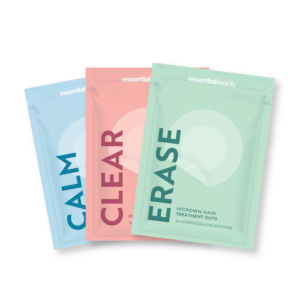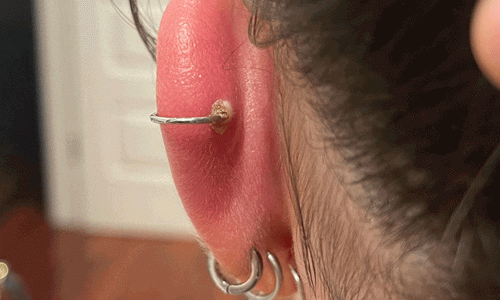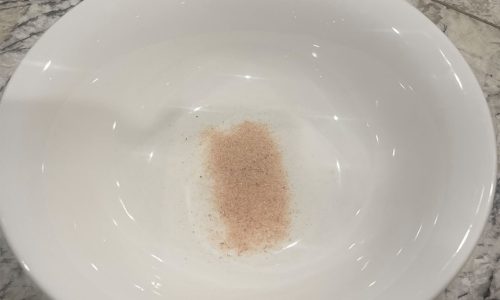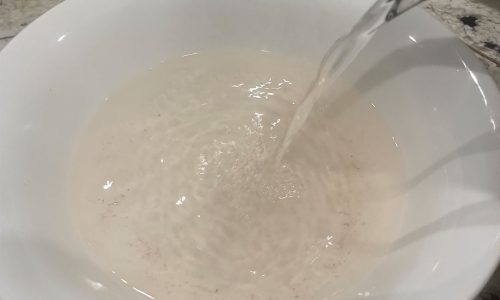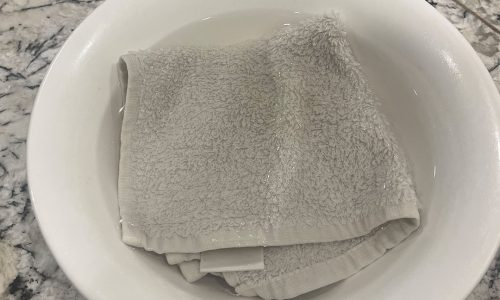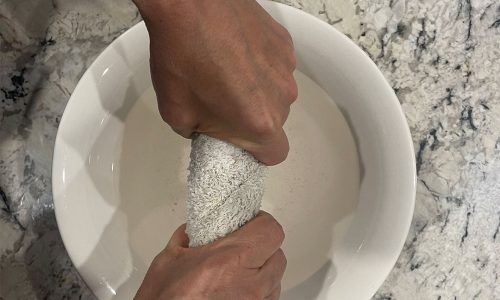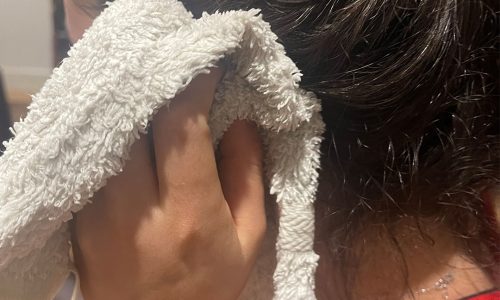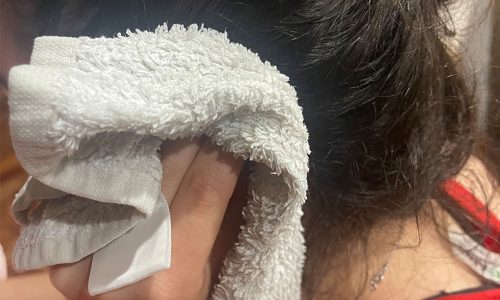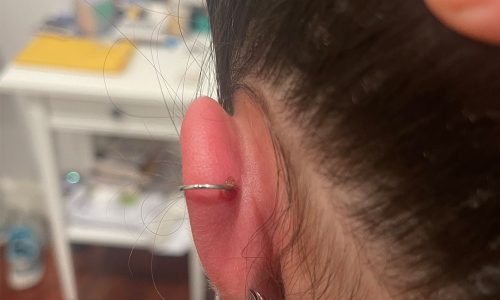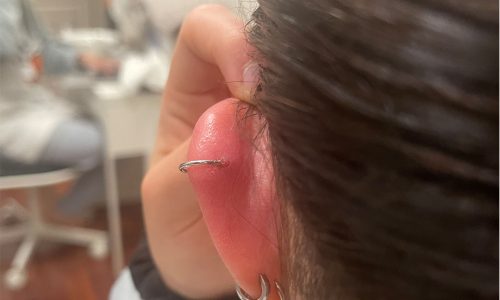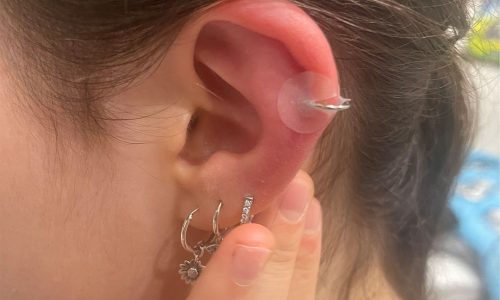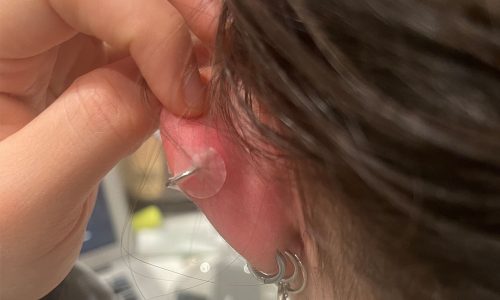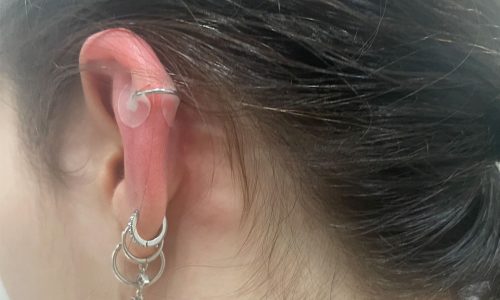Use Sterilear Step 1: Clean Piercing Spray for the first two weeks post piercing.
- Spray front and back twice a day, directly over the piercing and jewellery.
- Contains the optimal concentration of salts to promote healing.
- Sterile solution helps prevent bacteria from forming around the piercing.
- Helps to safely clean and wash away dried discharge, crust or secretions around the piercing.
- Avoid eye contact. Not for oral use. External use only.
What not to do:
- Do not twist, turn or rotate the jewellery
- Avoid swimming for the first two weeks after a piercing. If you must go swimming, we recommend covering your piercing with a waterproof band-aid and spray with Sterilear Step 1: Clean after exiting the water and removing the band-aid.
- You should not remove the jewellery from your body piercing before your changeover time (initial healing period) as the piercing hole will immediately start to close and you may not be able to get jewellery back in.
- If you must change your jewellery we recommend visiting a professional body piercer in your local Essential Beauty salon to help select the correct jewellery and insert it for you.
- Do not use Dettol, Betadine, hydrogen peroxide, disinfectants, soaps, tea tree oil and alcohol to clean your piercing. These products can dry out, irritate and burn the pierced area.
- Avoid using personal care products on or around the piercing including makeup, body lotion and perfumes.



